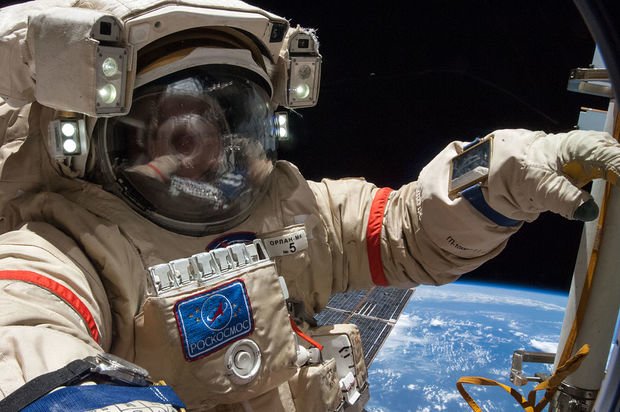Russia intensifies its lunar exploration efforts in partnership with NASA
Despite the last crisis years, Russian plans for space exploration are back on track. Rocket and Space Corporation (RSC) Energia intends to land the first Russian on the Moon in 2031. As part of this plan, the company cooperates with NASA in the construction of a habitable module in the Moon orbit.
At the end of December, adedicated planning group that will be responsible for Russia's lunar exploration strategy was assembled in Russian RSC Energia, the country's leading rocket and space enterprise, reports Ars Technica. The group of engineers called Centre No. 23Ts will be responsible for developing long-term plans for human missions to the vicinity of the Moon and to its surface and for implementing proposals for international cooperation in lunar missions, says the decree signed by head of RSC Energia Vladimir Solnstev at the end of 2017.
The governmental decision to send a human to the Moon was announced in 2013, but the programme slowed down as the Russian budget was exhausted due to low oil prices. However, in 2017, Moscow made a strategic decision to work together with NASA on the construction of the Deep Space Gateway (DSG). Initially, the United States suggested using the DSG as a starting point for missions to Mars, but Russia and other NASA's international partners want to use the module for the Moon exploration first.

According to Solntsev, RSC Energia aims to land the first Russian cosmonaut on the Moon in 2031. The company will use a new generation of transport vehicle called Federation to perform the expedition. First, the vehicle will be put in the Moon orbit in automated mode, and cosmonauts will board after test flights approximately by 2030. It is also planned to test a specially designed lunar lander in the second half of the 2020s. However, the timelines can change as it often happens in long-term space planning.
As for the Russian contribution to NASA's DSG project, RSC Energia already presented a general concept of the airlock module in 2017, but ''in the past several months, its partners have come back with a list of new requirements for this critical component'', says the website. As a result, now Russian engineers are rethinking the architecture in order to present a new concept by April. The Russian module, which is supposed to be used by spacewalking cosmonauts and to dock arriving crew vehicles, should become the main entry point into the DSG outpost. It will ride to the lunar orbit on one of the Orion Multi-Purpose Crew Vehicle's flights launched from Cape Canaveral.